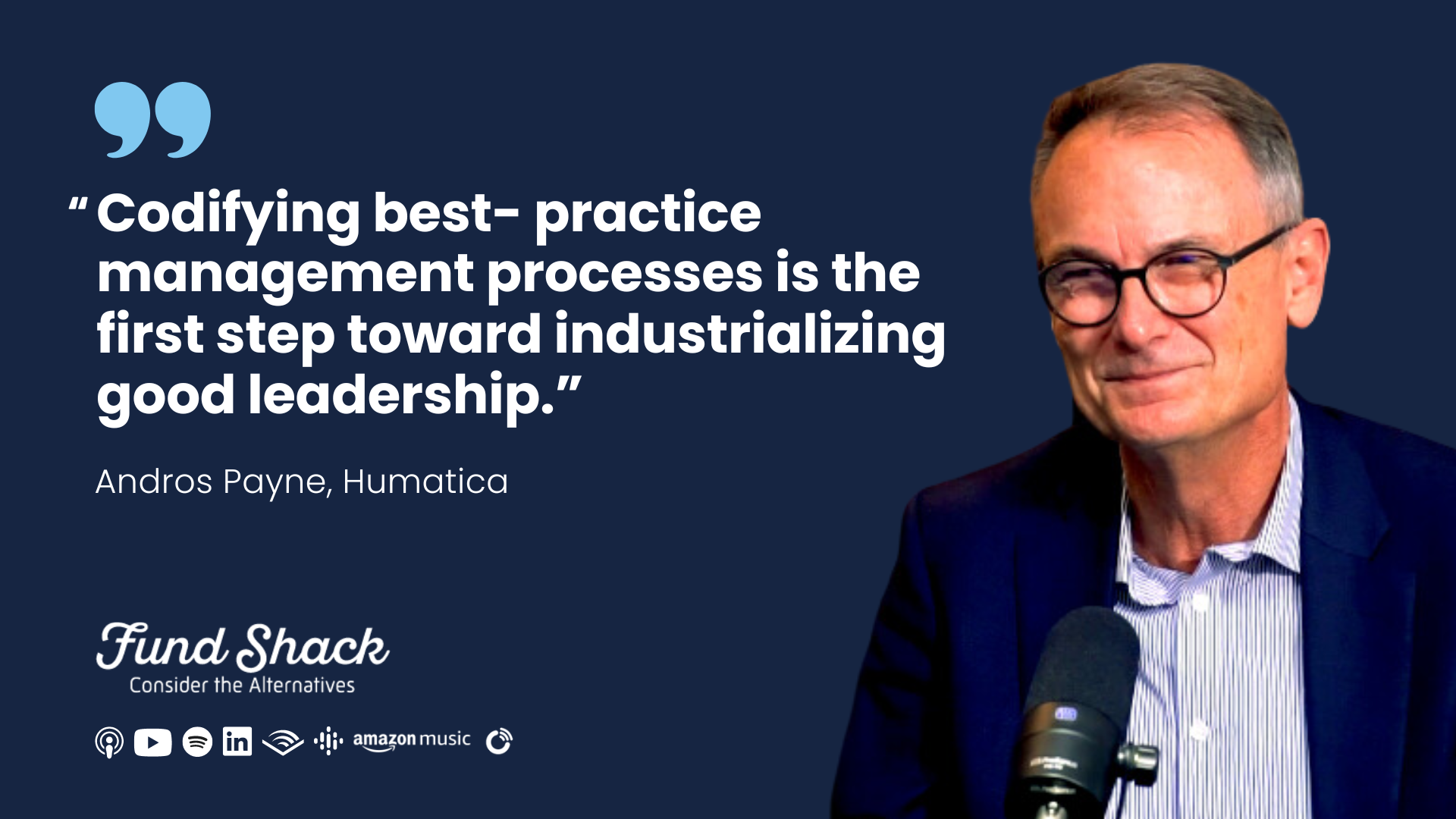
Companies are reorganising more frequently than ever before. It’s a natural consequence of a more dynamic market environment and higher management turnover. Jack Welch famously noted: “when the rate of change of the organisation is slower than that of the markets, the end is near”. But how fast is too fast? And, how can companies manage the risks associated with changing structures and reorganising positions once the process is initiated?
Humatica has helped countless companies reorganise over the years – small firms mastering rapid growth, large companies needing to cut cost, and everything in between. Lessons learnt from this experience can help leaders to liberate and invigorate their organisations through a reorganisation, rather than incapacitate with long-term inefficiencies and foregone value growth.
Most senior executives underestimate the disruption that a reorganisation can cause in their knowledge-based, white collar organisations. Knowledge workers are paid to recognise patterns – in operations, sales, product development, M&A and all other functions; and execute the right decisions before the competition. The glue that drives this adaptation process is the competence of contributors and the trust between them. In this regard, optimising productivity is not only about improving each box, but rather optimising what happens between the boxes – the interfaces and collaboration. What may seem to be a simple change at the top of an organisation – a realignment of responsibility, or adding a new role – has huge consequences for interfaces at lower levels, but in particular for the middle management.
The common practice (and recipe for disaster) is to make a senior management change and then leave it up to each unit to figure out the implications at lower levels – on structures, processes, interfaces, communications. And this, in their own silos. Poor middle managers and employees are left scratching their heads, trying to figure out new management processes with their peers – an ad hoc process which can last for years. Meanwhile, senior managers are also scratching their heads, trying to understand why the re-organisation has not produced the anticipated benefits. It’s a horrible situation, which we see too often.
But it does not have to be so. A proper reorganisation can be one of the most liberating events in a company’s history, releasing power and talent. So what is the secret to unlock value and avoid disabling the company?
First, management must recognise the scope of change released with a top-level organisational change. There needs to be an appreciation for the informal links, communication and management processes that drive the organisation’s collective ability to take in information, make good decisions quickly and implement rapidly – the core of value creation today. A firm’s management processes are the fabric of collaboration and they are rarely documented – it’s in the DNA – just the way things get done. With a proper appreciation for critical soft-factor processes, managers will devote adequate time and resources to the reorganisation process, and to figuring out the implications of a top-level change at lower levels, before unleashing it on the organisation.
Second, a systematic re-organisation process is needed. This is however difficult to master because the issues are complex and time-critical once the process starts. Many interdependent decisions must be made along two basic dimensions simultaneously within a short period. Decisions are cascaded hierarchically, from top to bottom, starting with the high level structure and working through the implications for sub-structures. At the same time a proper sequencing of topics is critical – starting with structures, then process/interfaces, then roles, then people and finally performance metrics for each level in the new or changed units. The overlap of topics to cover sequentially by level and by topic area, makes a proper reorganisation difficult to master. And, on top of this, speed is critical for minimising the risk of debilitating uncertainty for employees and the organisation.
The best way to master the challenge is to sequence the complex set of reorganisation decisions into a structured workshop format. This enables key decision makers for the topics to be addressed, to make the right choices, at the right time, in a well synchronised and coordinated process. A delicate choreography of workshop interactions ensures that the right people are able to give the right inputs to make the best possible decisions at each step in the process. Eight to ten bi-weekly workshops with between 10-20 managers is needed to work through the complex implications of a 1000-2000 employee, international reorganisation. However, the time required to get fact-based consensus on key decisions can vary with the governance structure, complexity and size of the organisation. The objective is not just speed, but rather to ensure that managers at all levels understand the practical implications of the new structure in their area, and are therefore able to work productively from day-one. Go-live should be a quiet “non-event” rather than a confusing “big bang”.
Obviously, working through all the issues, interfaces, key management processes top-down in a workshop format takes time from busy managers. Is it worth it? The alternative is that decisions are made ad-hoc, inefficiently and uncoordinated, by peers at lower levels in the organisation who are trying to figure it out on the fly, and who may not actually have the competence to make good decisions.
Done right, a reorganisation can be a liberating inflection point, releasing the potential of hungry rising stars in the organisation to grow value. Done poorly, it can be the starting gun for an exodus of top talent and decline. The choice is yours.
This article originally appeared in Real Deals Magazine. You can access it in PDF format here.

The fund landscape is changing faster than ever before, creating winners and losers in an increasingly competitive private equity ecosystem. Higher real interest rates are…
Read more
In the third episode of our Beyond Culture Series, we talk about industrializing best practice management processes. Link to Video 1:07 Register here to join our live…
Read more
There’s increasing focus on “culture” as an elusive driver of value growth. Creating a “high performance culture” has become the mantra for transforming buy-outs to…
Read moreReceive our news and valuable perspectives on organizational effectiveness each month.